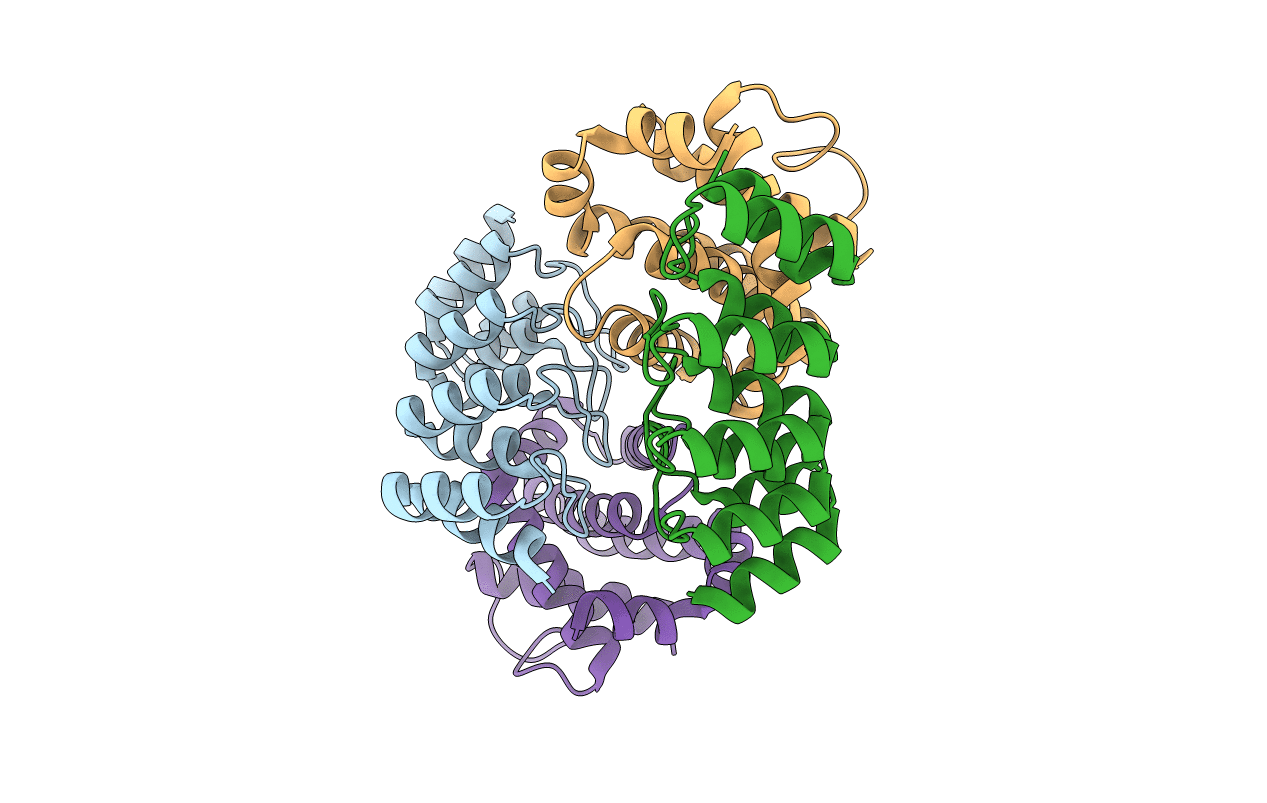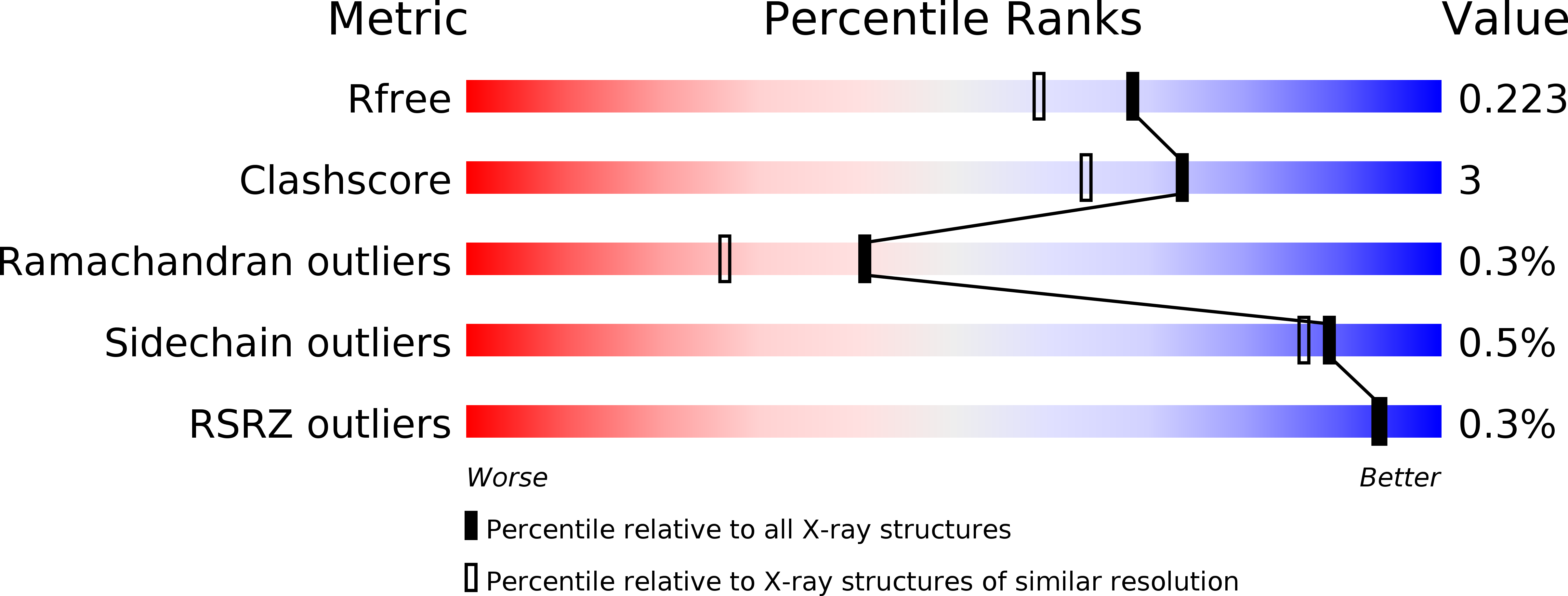
Deposition Date
2013-04-14
Release Date
2014-04-16
Last Version Date
2024-03-20
Entry Detail
PDB ID:
4K5B
Keywords:
Title:
Co-crystallization with conformation-specific designed ankyrin repeat proteins explains the conformational flexibility of BCL-W
Biological Source:
Source Organism:
Escherichia coli (Taxon ID: 562)
Bos taurus (Taxon ID: 9913)
Bos taurus (Taxon ID: 9913)
Host Organism:
Method Details:
Experimental Method:
Resolution:
1.85 Å
R-Value Free:
0.22
R-Value Work:
0.17
R-Value Observed:
0.17
Space Group:
P 1 21 1


